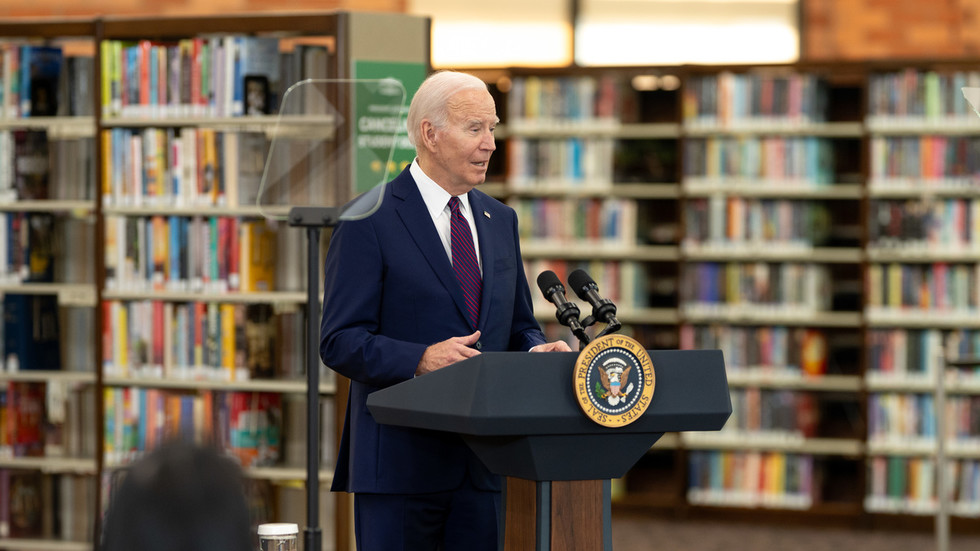A branch of supermarket retailer Sainsbury's in Bristol, England.
Matt Cardy | Getty Images News | Getty Images
The U.K.'s annual inflation rate hit a hotter-than-expected 3.8%in July, according to data released by the Office for National Statistics (ONS) on Wednesday.
Economists polled by Reuters had anticipated inflation would reach 3.7% in the twelve months to July, after it picked up to 3.6% in June, exceeding forecasts.
July core inflation, which excludes more volatile energy, food, alcohol and tobacco prices, rose by an annual 3.8%, up from 3.7% in the twelve months to June.
The latest data comes after the Bank of England earlier this month voted by a fine margin to cut interest rates from 4.25% to 4%, as the central bank resumed what it describes as a "gradual and careful" approach to monetary easing.
While the BOE was widely expected to trim rates by 25 basis points at the time, traders and economists were keen to see the breakdown of support for the move. In the end, policymakers had to vote twice on the rate cut decision, and a majority of 5-4 opted to cut.
BOE policy committee members have had to weigh up sticky inflation with a cooling jobs market and lackluster but slightly recovering growth. GDP data out last week showed a surprise 0.3% expansion in the second quarter.
The BOE is watching inflation data closely, after forecasting the consumer price index will peak at 3.8% in September before retreating in the early half of 2026.
In Deutsche Bank's estimates, Britain remains "a sliver away" from an annual inflation rate of 4%.
"We expect price pressures to soften in the fourth quarter of 2025, however, tracking closer to 3.5% y-o-y [year-on-year] by year-end," Sanjay Raja, senior economist at the German lender, said in emailed comments Friday.
"Moreover, we do expect price pressures to ease further next year. On our models, we have headline CPI slipping to just around 2.75% y-o-y in the second quarter of 2026, before landing closer to 2.25% y-o-y in the fourth quarter of 2026. Bigger picture, we think the road to achieving a 2% landing next year is narrowing. Indeed, we see more upside pressures building around our projections," he noted.











 English (US) ·
English (US) ·